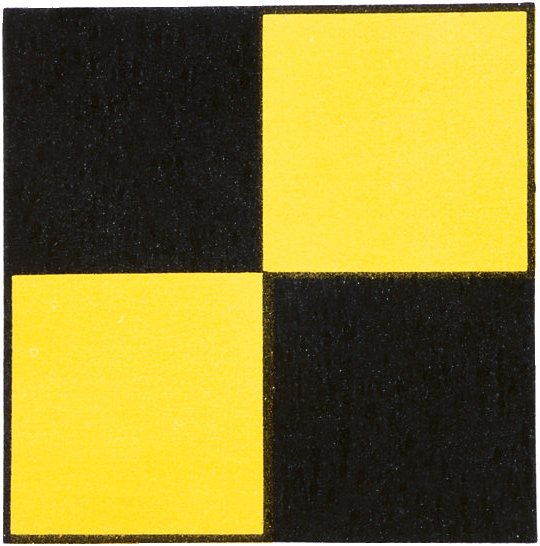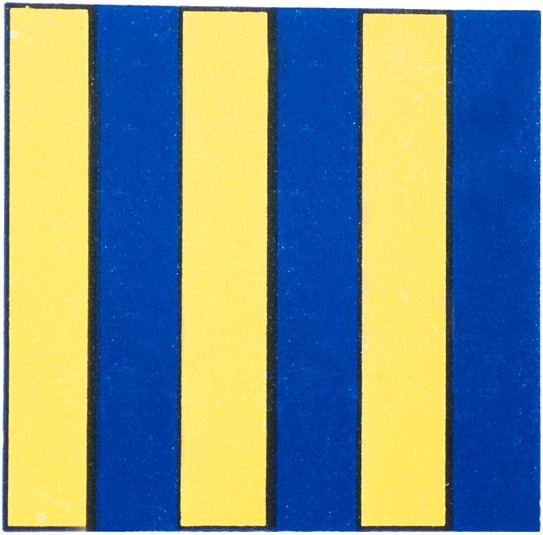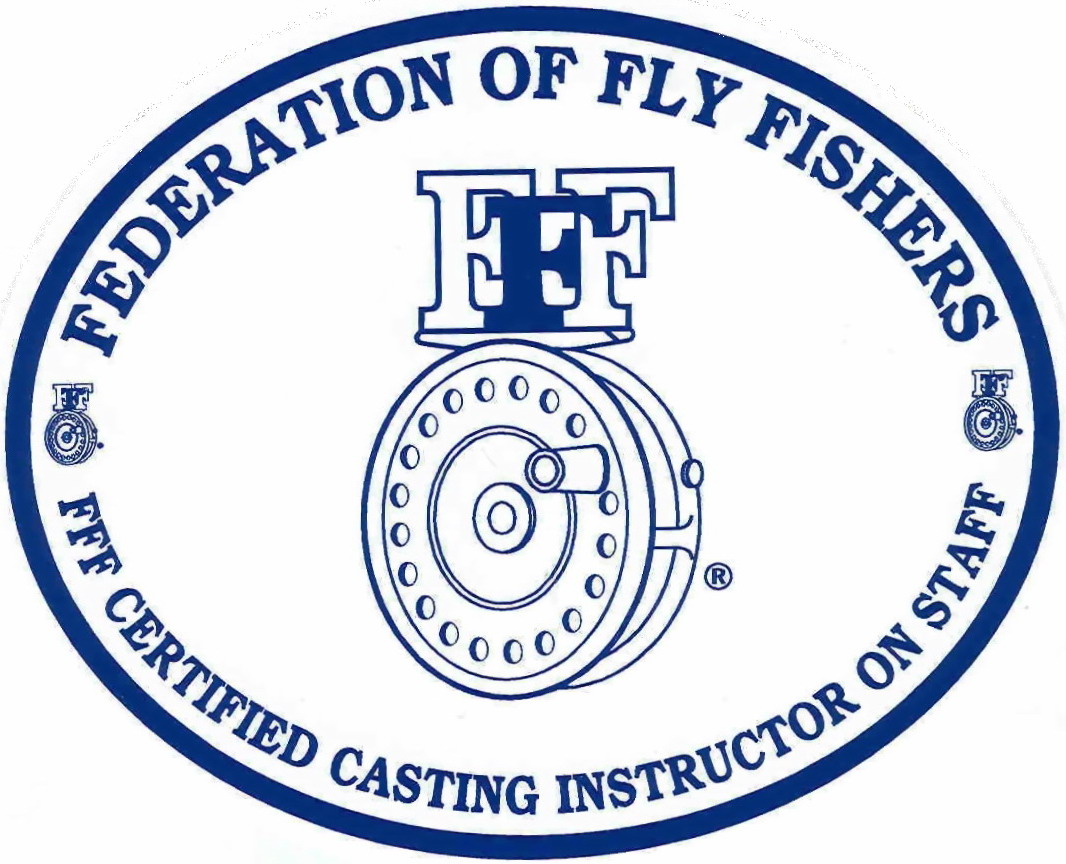Rehabilitating Flies and Prepping for Bluefish
by Captain Jim Barr on 09/14/16
A fly fishing guide's fly patterns take a real beating in the course of the fishing season...Stripers and Bluefish really tear 'em up. They come off the fly tying vise as "semi" works of art but in no time they are pretty beat up, so much so they won't catch fish.
You have a few choices, scrap them and buy replacements (god forbid at $4 and up per copy), tie fresh new patterns, or try and rehabilitate them to the point where they are serviceable. Having been a fly tyer and tying instructor for a very long time, and having maintained a ridiculous supply of hooks and materials, my first choice is to see if I can rehab these beauties, sometimes just good enough to use as flies for bluefish. As you know, blues are not too discriminating when it comes to fly patterns and lures. Some have opined that if you tie a hook onto a flattened beer can, toss it into a school of crashing blues you can get a hook up. That's pretty disingenuous but probably close to being accurate.
By mid-summer I have a fairly sizeable collection of ratty looking flies. I throw them into a plastic bag and wait for down-time to get out the vise and replacement materials, to then go about with my rehab project. Much of the time I will store rehabilitated flies in my bluefish collection.
Below are a few photos of this week's before and after rehab project. Just a little time to bring them back to life after cutting off the damaged materials and replacing with new feathers, buck tail, flash and chenille. The flies are arrayed in the exact before and after positioning. Not bad, at a total estimated materials cost of about $1.


Here are a few closeups of the before and after for a few of the uglier patterns.






This collection of rehabilitated flies now go into the bluefish collection although some are clearly good enough for stripers, false albacore and bonito.
At the age of 14 in 1962 my father gave me a Niagara Fish Hook Holder (now $25 on EBay) to keep my snelled largemouth bass hooks organized. A number of manufacturers still make knockoffs, but "The Niagara", manufactured by H.C. Buicke & Sons of Tonawanda, NY was the first to make them (I think). Anyway, it and other spin fishing gems from days gone by remain in my ridiculously large inventory of fishing tackle, most of it not used, but I hold onto it because it reminds me of my dad.

However, The Niagara I still use as a type of "leader stretcher" for my wired bluefish flies. For those who don't know (but may care), a bluefish is a saltwater fish with extremely sharp teeth. They routinely slice through nylon monofilament fishing line when they eat the lure or fly. If an angler does not protect his/her lure or fly pattern using heavy wire, the bluefish takes it and you don't catch the fish.
On one end of a 4" section of 30 lb. plastic coated wire, I tie a loop knot. On the other end I tie the same loop and then I tie on a snap link or swivel. I put the wire of the snap through the eye of the fly pattern, then put the loop of the wire leader onto a spring loaded sliding hook on the hook holder and insert the hook into another slot on The Niagara. All my bluefish leaders and the flies are stored on this antique for ready access when we need to quickly rig up for blues. By keeping them on the stretcher, the wire leaders do not coil and this technique makes changing flies very fast. When the fly is nearly destroyed I unsnap it and quickly replace it with a fresh reconditioned fly by simply opening then closing the snap. Perfect. My father was a McGyver-type ... he would have loved this setup
 | |
| The Niagara Hook Holder |
.
 | |
Green River, Warwick, RI |
Comments (0)





